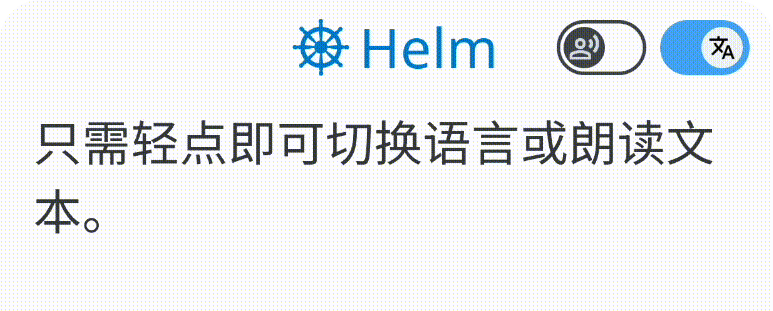 与季节模式和干旱条件有关的加利福尼亚州峡谷热病例猛增20年。
与季节模式和干旱条件有关的加利福尼亚州峡谷热病例猛增20年。  20-year surge in California Valley fever cases linked to seasonal patterns and drought conditions.
20-year surge in California Valley fever cases linked to seasonal patterns and drought conditions.
 在过去20年中,加利福尼亚州的峡谷热病例大幅上升,研究人员确定了与干旱状况有关的季节性模式。
在过去20年中,加利福尼亚州的峡谷热病例大幅上升,研究人员确定了与干旱状况有关的季节性模式。  Valley fever cases in California have surged significantly over the past two decades, with researchers identifying seasonal patterns linked to drought conditions.
Valley fever cases in California have surged significantly over the past two decades, with researchers identifying seasonal patterns linked to drought conditions.  这种疾病是由科契迪迪迪斯真菌引起的,通常在9月至11月期间达到高峰。
这种疾病是由科契迪迪迪斯真菌引起的,通常在9月至11月期间达到高峰。  The disease, caused by the Coccidioides fungus, typically peaks from September to November.
The disease, caused by the Coccidioides fungus, typically peaks from September to November.  干旱减轻了高峰期的灾情,但恢复的降雨导致病例数增加,因为干旱使耐热的种子得以生长。
干旱减轻了高峰期的灾情,但恢复的降雨导致病例数增加,因为干旱使耐热的种子得以生长。  Droughts lessen peak severity, but returning rains lead to higher case numbers, as drought allows heat-resistant spores to thrive.
Droughts lessen peak severity, but returning rains lead to higher case numbers, as drought allows heat-resistant spores to thrive.  这项研究敦促加强对气候变化中谷热的监测,预测今后病例增加。
这项研究敦促加强对气候变化中谷热的监测,预测今后病例增加。  The study urges enhanced monitoring of Valley fever amid climate change, predicting increased cases in the future.
The study urges enhanced monitoring of Valley fever amid climate change, predicting increased cases in the future.

 与季节模式和干旱条件有关的加利福尼亚州峡谷热病例猛增20年。
与季节模式和干旱条件有关的加利福尼亚州峡谷热病例猛增20年。  在过去20年中,加利福尼亚州的峡谷热病例大幅上升,研究人员确定了与干旱状况有关的季节性模式。
在过去20年中,加利福尼亚州的峡谷热病例大幅上升,研究人员确定了与干旱状况有关的季节性模式。  这种疾病是由科契迪迪迪斯真菌引起的,通常在9月至11月期间达到高峰。
这种疾病是由科契迪迪迪斯真菌引起的,通常在9月至11月期间达到高峰。  干旱减轻了高峰期的灾情,但恢复的降雨导致病例数增加,因为干旱使耐热的种子得以生长。
干旱减轻了高峰期的灾情,但恢复的降雨导致病例数增加,因为干旱使耐热的种子得以生长。  这项研究敦促加强对气候变化中谷热的监测,预测今后病例增加。
这项研究敦促加强对气候变化中谷热的监测,预测今后病例增加。  20-year surge in California Valley fever cases linked to seasonal patterns and drought conditions.
20-year surge in California Valley fever cases linked to seasonal patterns and drought conditions.